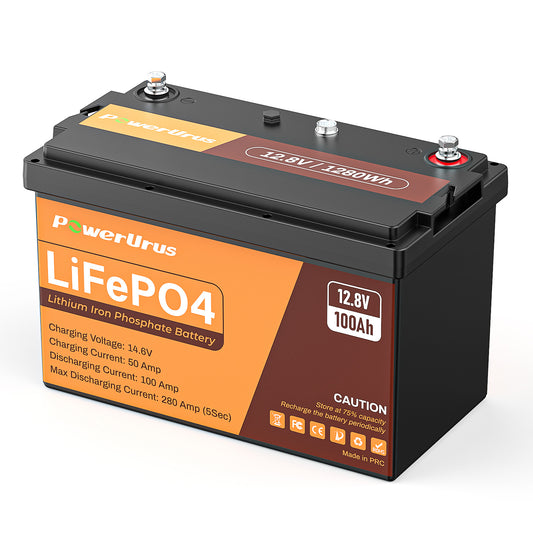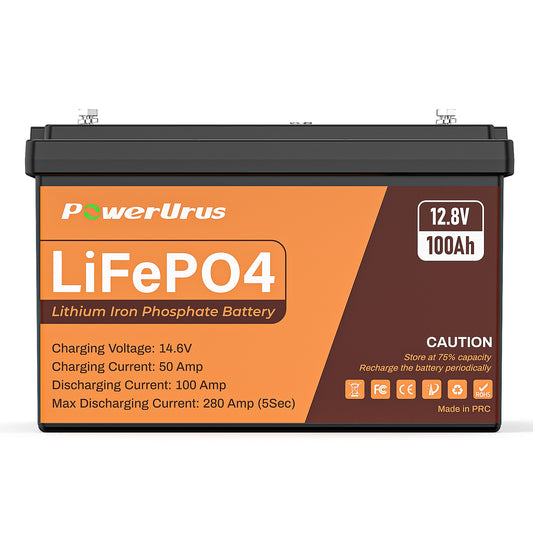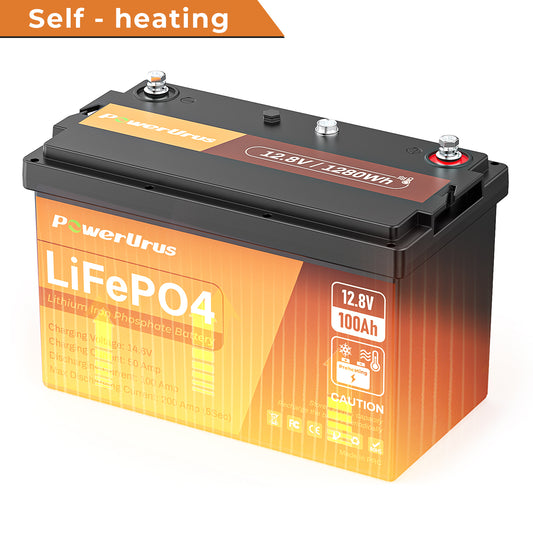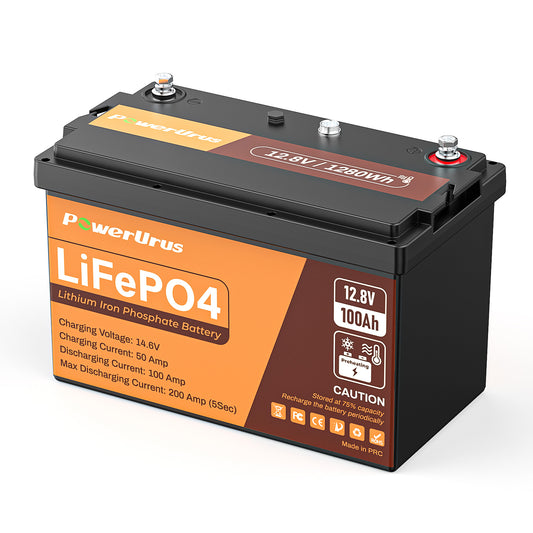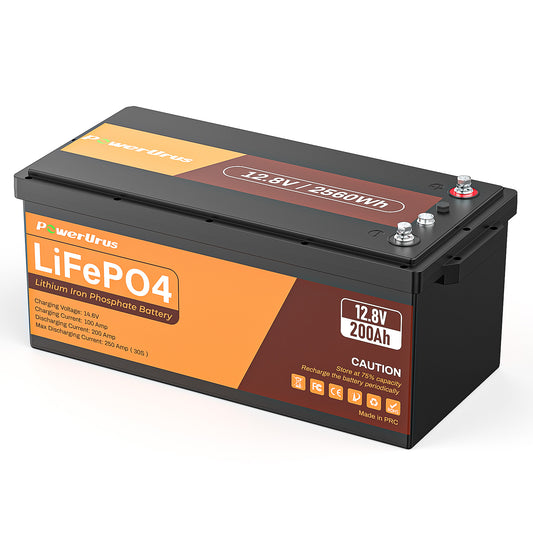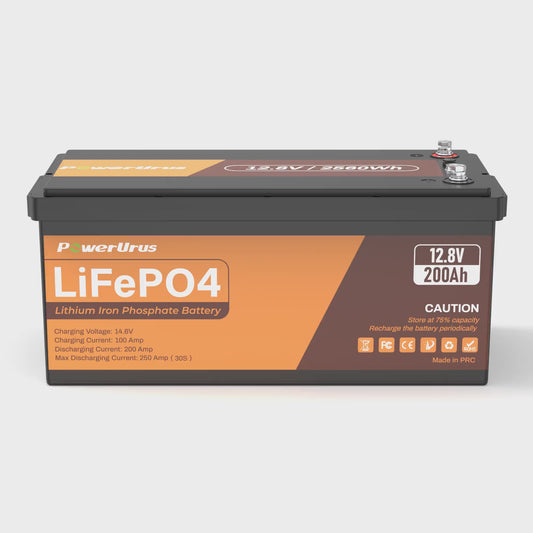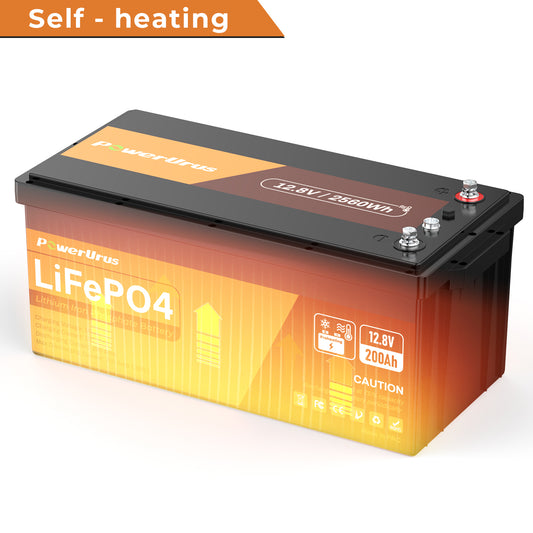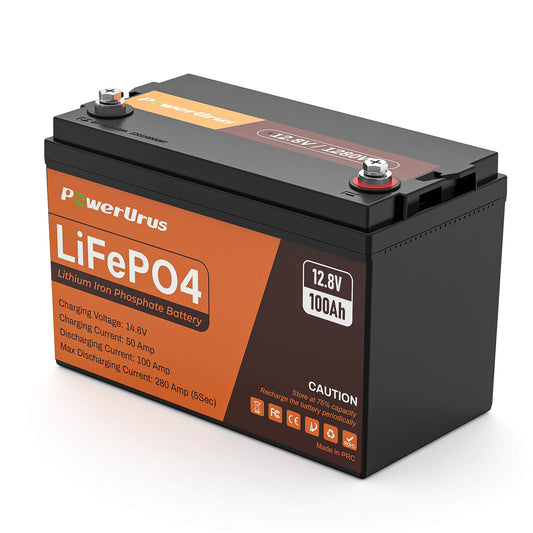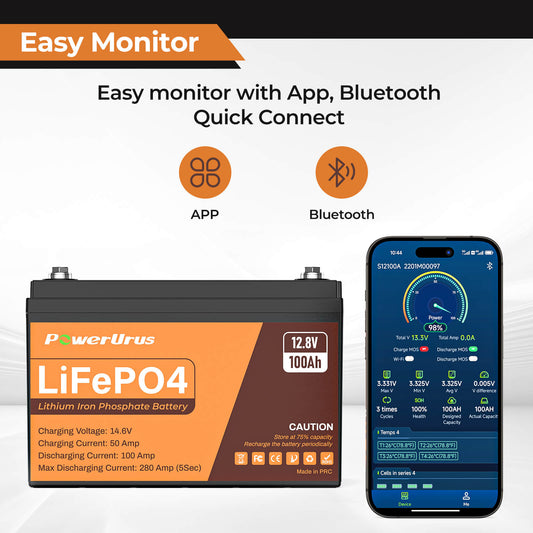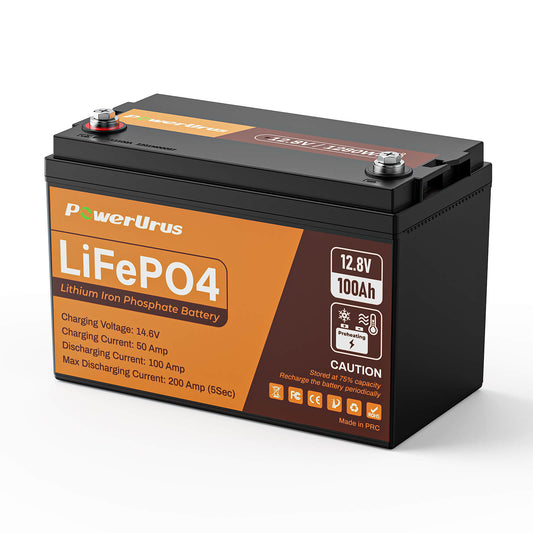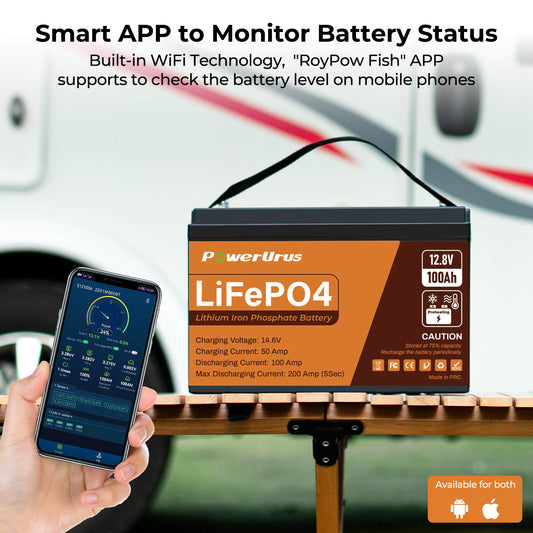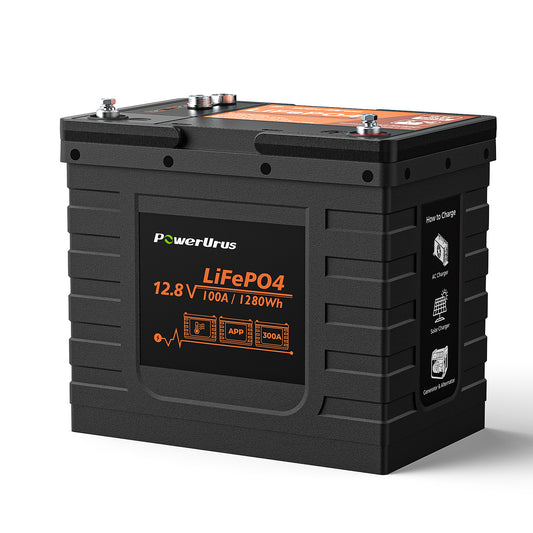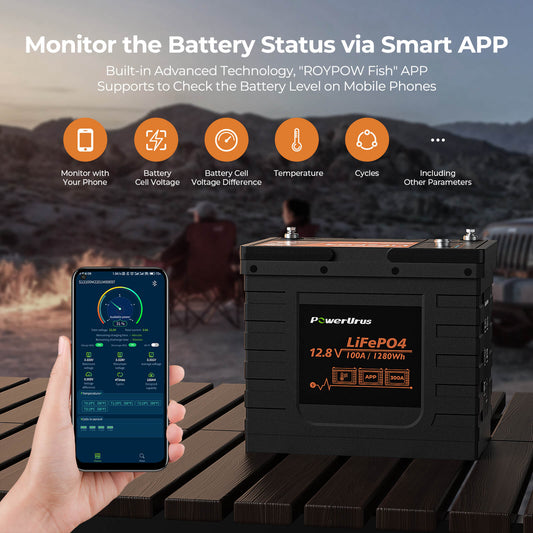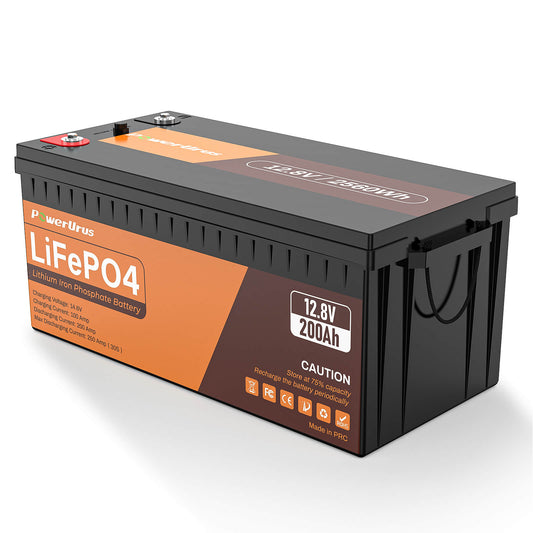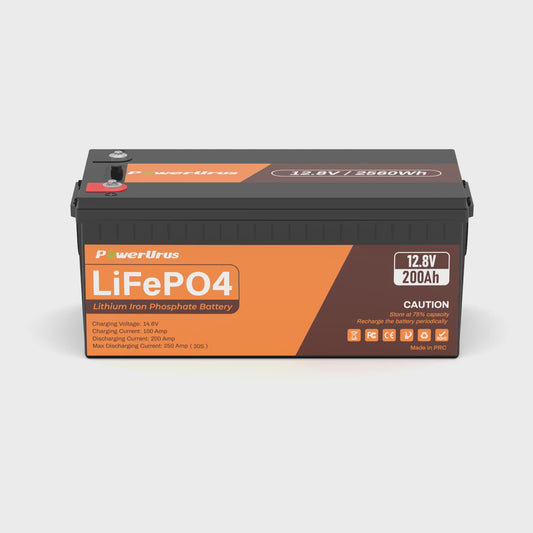Understanding LiFePO4 Battery Cell Balancing: Why Voltage Balance Matters for Longevity
If you own a LiFePO4 battery—be it a 12V LiFePO4 battery for your RV or a 48V LiFePO4 battery for your golf cart—you’ve probably come across the term “cell balancing.” But what does it really mean, and why is it so crucial for your battery’s performance and lifespan?
In this article, we’ll dive into what cell balancing is all about, how it functions, and why Powerurus’s latest battery models, equipped with built-in balancing technology, can give you a significant edge.
What Is Cell Balancing in a LiFePO4 Battery?
A lithium iron phosphate battery consists of several individual cells linked together in series. Over time, these cells can develop slight voltage differences due to factors like manufacturing inconsistencies, temperature fluctuations, or varying usage patterns. If these imbalances aren’t addressed, they can lead to reduced capacity, efficiency, and overall battery life.
Cell balancing—often referred to as voltage balancing—is the process of equalizing the charge across all cells in the battery pack. This ensures that each cell charges and discharges evenly, which maximizes both performance and safety.
Active vs. Passive Balancing: What’s the Difference?
Passive Balancing: This method dissipates excess energy from higher-voltage cells as heat. It’s straightforward and cost-effective, but it’s not the most efficient option.
Active Balancing: This technique transfers energy from cells with a higher charge to those with a lower charge. It’s more efficient, minimizes energy loss, and enhances the overall cycle life of the battery.
Powerurus’s cutting-edge Battery Management System (BMS) employs active balancing technology to keep voltage levels optimal across all cells in real time—whether you’re using a 12V 100Ah LiFePO4 battery or a 51.2V battery for your golf cart.
How Cell Balancing Can Boost Your Battery’s Lifespan
A well-balanced LiFePO4 battery pack offers:
Longer Cycle Life: It helps prevent individual cells from being overcharged or over-discharged.
Improved Capacity Utilization: All cells work in harmony, delivering their full rated capacity.
Enhanced Safety: It lowers the chances of thermal runaway or early failure.
Stable Performance: You get consistent power output, which is crucial for high-demand uses like golf carts or solar storage.
Without proper balancing, weaker cells can hold back the entire pack. Think of it like a sports team where one player isn’t pulling their weight—the whole team suffers.
Does Your LiFePO4 Battery Self-Balance?
Many of today’s lithium iron phosphate batteries come equipped with a Battery Management System (BMS) that includes balancing features. But not all balancing circuits are made the same. Powerurus batteries boast intelligent auto-balancing that kicks in during both charging and discharging, keeping your 12V–48V LiFePO4 battery in top shape cycle after cycle.
Handy Tips for Maintaining Voltage Balance
- Even with a smart BMS, you can help keep cell balance in check by:
- Using a charger that’s compatible with LiFePO4
- Avoiding deep discharges below the recommended levels
- Occasionally, performing full cycles to allow the BMS to recalibrate
Powerurus Batteries: Designed for Balance from the Get-Go
From our 12V 300Ah LiFePO4 battery to our high-capacity 51.2V 65Ah golf cart battery, every Powerurus battery is crafted with precision balancing in mind. Our BMS doesn’t just protect—it optimizes performance.
Ready to enjoy a smoother, longer-lasting power experience?
Check out our balanced LiFePO4 battery series today:

